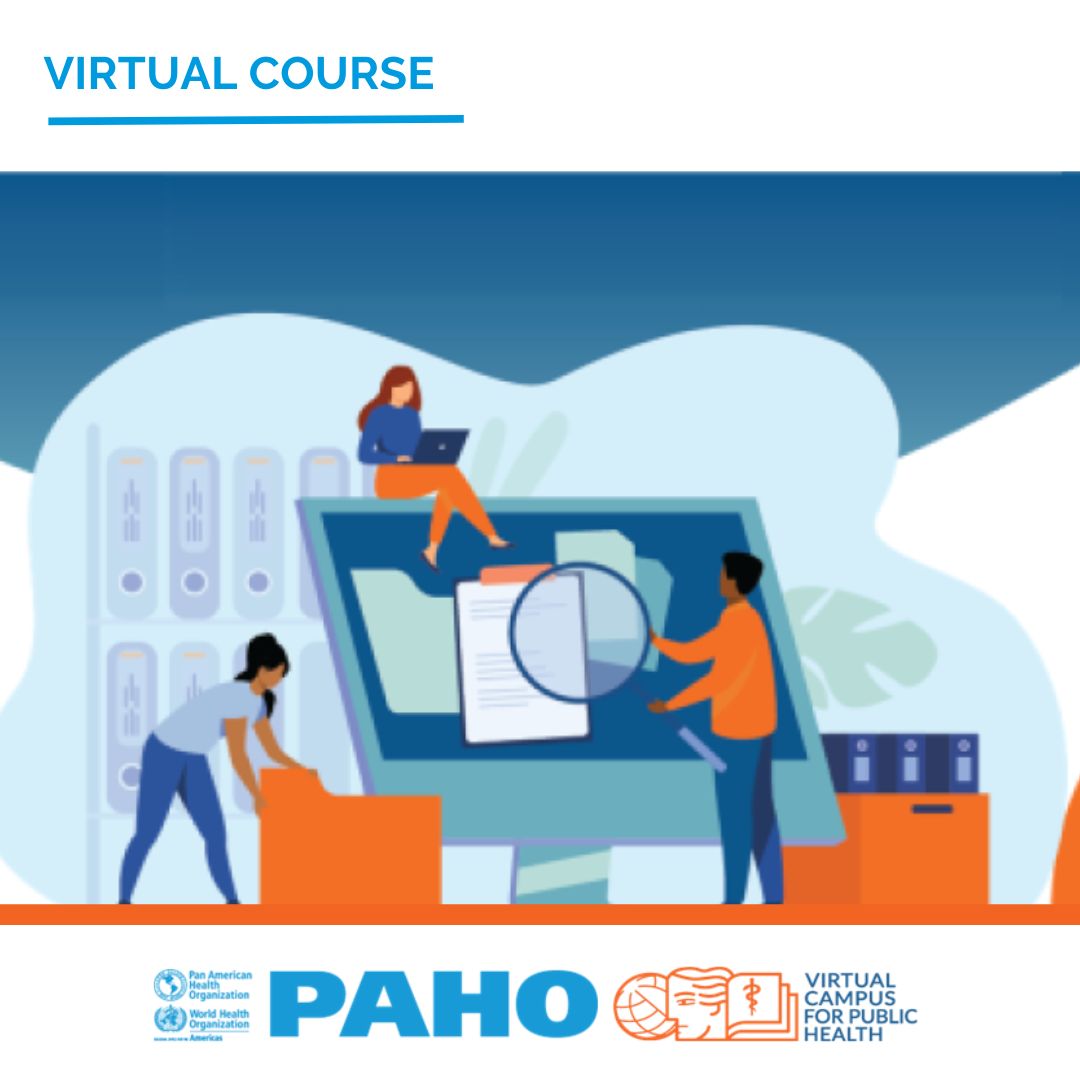
Registries containing data on administrative coverage are very useful for controlling, monitoring, and evaluating programs. The systematic and regular analysis of coverage data provides an opportunity to critically review the data and identify, explain, solve, or correct features of the reporting system. Efforts to improve the validity, consistency, completeness, and timeliness of coverage data should be a top priority of every country. The Pan American Health Organization’s (PAHO) Comprehensive Family Immunization Unit and Regional Program on Neglected Infectious Diseases (NIDs) have highlighted the need to systematize and integrate methods for monitoring coverage of health interventions among preschool- and school-age populations and are offering strategies and opportunities for joint collaboration.
The tools presented in these modules are the result of reviewing and integrating concepts and methodologies that draw on the experiences and lessons learned in different countries, with the aim of facilitating joint interventions and activities for monitoring the existing health programs and platforms. It is expected that the concepts, methods, and tools presented in these modules are used to improve the quality of coverage data, carry out more accurate analysis of data, and make timely use of the resulting information for decision-making and the implementation of interventions that provide effective access to healthcare.
General Objective
Provide a methodology that integrates complementary tools and facilitates the work of health teams responsible for managing, analyzing and monitoring vaccination and deworming coverages, as well as other interventions aimed at improving the population’s health, based on decision-making criteria and standardized procedures.
Specific Objectives
- Enhance coverage monitoring of the regular immunization schedule as well as of deworming programs and other priority interventions at the local, subnational, and national levels.
- Promote the use of rapid, practical tools within local teams, conducting supervision among different management levels.
- Encourage the use of an integrated approach and find opportunities to improve data quality to increase the coverage of vaccination and deworming interventions —among others— so as to meet program coverage goals.
Target Audience
This course is aimed at:
- Healthcare professionals or technicians
- Administrative staff
- Healthcare authorities
- Health teams at all levels, who manage, analyze and monitor vaccination and deworming coverages, as well as the coverage of other interventions aimed at improving population health.
Competencies that the course enables to develop
The course provides opportunities to develop competencies related to the management and sharing of immunisation information and documentation and to sharing of immunisation information and documentation, and incorporating a rigorous, collaborative and adaptive approach to collaborative and adaptive approach to decision-making in different settings in order to achieve programme coverage goals, achieve programme coverage goals.
Modality
Since this is a self-paced course, learners can explore the modules at their own pace, progressing in a way that is convenient for them. It is estimated that it takes no more than 10 hours to explore the course.
Structure
Module 1: Conceptual and methodological foundations.
- Unit 1: Tools for monitoring coverage of public health interventions.
- Clip: Integrated intervention strategies.
- Unit 2: Methodologies for monitoring coverage.
- Unit 3: Monitoring coverage of integrated public health interventions.
Module 2: Analysis of administrative coverage.
- Unit 1: Analysis of administrative coverage.
- Unit 2: Analysis of administrative vaccination coverage.
- Unit 3: Administrative deworming coverage for soil-transmitted helminthiasis.
Module 3: Monitoring coverage in the field.
- Clip: Monitoring coverage in the field.
- Unit 1: Monitoring coverage in the field.
- Unit 2: Door to door rapid monitoring.
- Unit 3: Coverage monitoring in schools.
Module 4: Analysis of data quality.
- Clip: Quality of coverage data.
- Unit 1: Data quality.
- Unit 2: Analysis of data quality.
Module 5: Coverage surveys.
- Clip: Coverage surveys.
- Unit 1: Before starting a coverage survey.
- Unit 2: Conducting coverage surveys.
Module 6: Analysis of survey data and electronic immunization registries.
- Unit 1: Analysis of survey data and electronic immunization registries.
- Unit 2: Analysis of survey data and electronic immunization registries.

